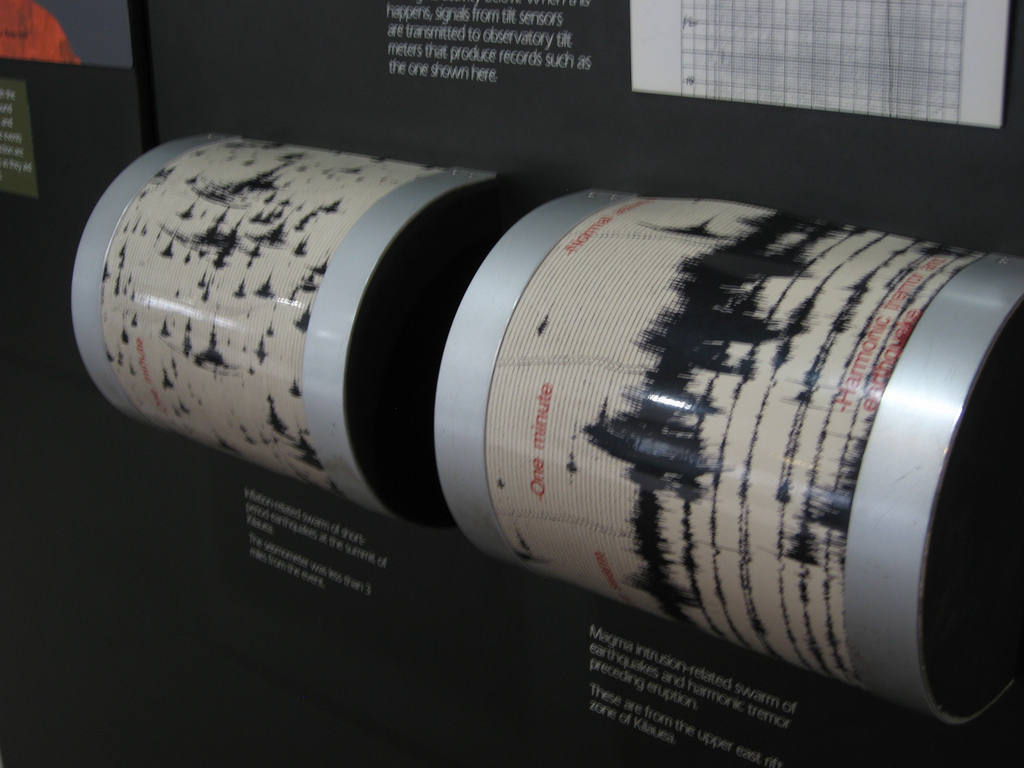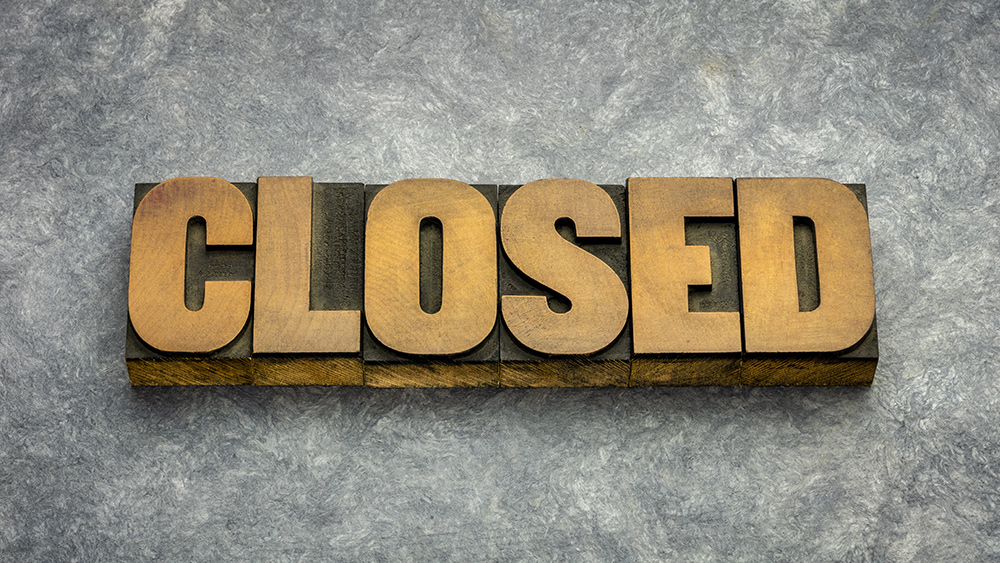
Authorities are closely monitoring a swarm of small earthquakes underneath the Salton Sea in southern California. The swarm first occurred on Monday morning at 6:33 a.m., August 10. Since then, more than 100 small earthquakes have already been recorded, with the biggest one occurring also on Monday at 8:56 a.m.
The epicenter of the swarm was located eight miles from the southern tip of the San Andreas fault, raising worries over a potential earthquake in the feared fault. The southernmost stretch of the San Andreas fault has not ruptured since 1680 to 1690. Big earthquakes in this section are said to occur every 250 years on average, although this interval is still subject to variations.
Swarm increases likelihood of major earthquake
The swarm began with a magnitude 3.6 earthquake. It was immediately followed by more quakes, including the biggest one at magnitude 4.6 and two other magnitude four quakes that occurred at 9:03 a.m. and 12:29 p.m. So far, the rest of the tremors were below magnitude four.
Authorities said that the swarm quieted and produced only 10 tremors as of 5:00 p.m. on Tuesday, compared to the 54 produced on Monday. But more tremors are expected in the coming days, so authorities are closely watching the swarm that occurs somewhere between one to five miles beneath the Salton Sea.
In the past 20 years, the Salton Sea area experienced three similar earthquake swarms: one in 2001, 2009 and 2016. These swarms remained active for one to twenty days, with an average duration of about a week. According to the United States Geological Survey (USGS), the swarms were characterized by bursts of seismic activity followed by relatively quiet periods. The USGS added that the current swarm might unleash increased seismic activity in the next several days.
Due to the series of tremors, there is an increased probability of a major earthquake in the southernmost segment of San Andreas. In a typical week, the probability of at least a magnitude seven earthquake in this segment is about one in 10,000. But for next week, USGS estimates that the likelihood of such an earthquake increased to one in 1,000.
But even without the present swarm, southern San Andreas may already be more prone to rupture after last year’s Ridgecrest earthquakes. The Ridgecrest fault forms a Z-shaped network of fault lines with the Garlock and the San Andreas fault, with Garlock connecting the two faults in the middle. Hence, the quake that hit Ridgecrest might have added stress to the rest of the network which could trigger a chain reaction of earthquakes. (Related: Scientists on alert as earthquake may be imminent along the San Andreas Fault.)
Probable scenarios as a result of earthquake swarm
Authorities laid out three possible scenarios as a result of the current swarm of small earthquakes:
Scenario one: Continued earthquakes but none more than magnitude 5.4
This scenario is the most likely to happen with an 80-percent probability. The rate of earthquakes will decrease over the next seven days, although tremors between magnitudes 4.5 to 5.4 may occur and cause localized damage, especially in weak structures. Magnitude three-plus earthquakes may also be felt in areas close to the epicenters.
Scenario two: A magnitude 6.9 earthquake may occur
This scenario only has a 19-percent probability of occurring. A magnitude 5.5 to 6.9 earthquake could happen in the next seven days, followed by a series of aftershocks that would increase the number of smaller earthquakes per day. At this degree, substantial damage could befall the Salton Sea area.
Scenario three: A magnitude 7 or higher earthquake may occur
This scenario is the least likely to happen with a one-percent probability. The ongoing swarm could trigger a much larger earthquake at magnitude seven or higher, followed by a series of aftershocks that would raise the number of smaller earthquakes. As a result, nearby communities will experience extensive damage.
Although a catastrophic earthquake is unlikely, these three scenarios are forecasts, not exactly prediction. Hence, it is important to be prepared in the event of a catastrophic disaster.
Disaster.news has more on the latest developments on the San Andreas fault.
Sources include:
Please contact us for more information.





















